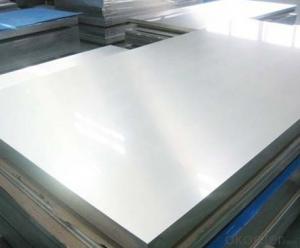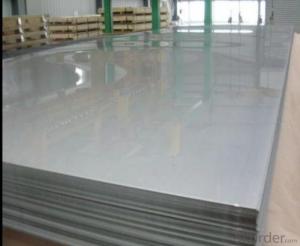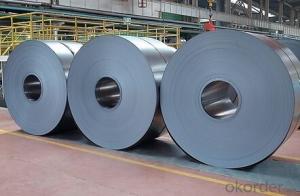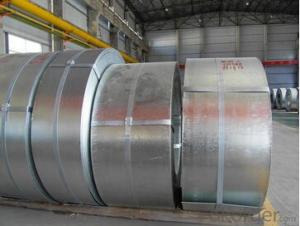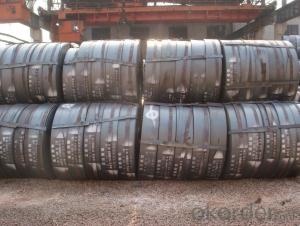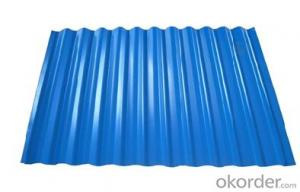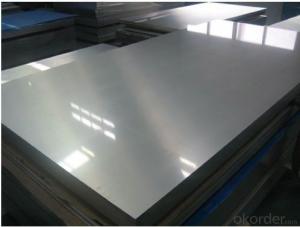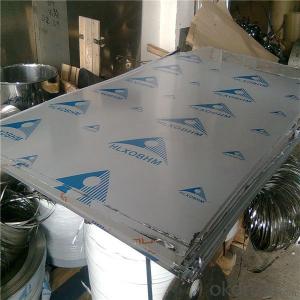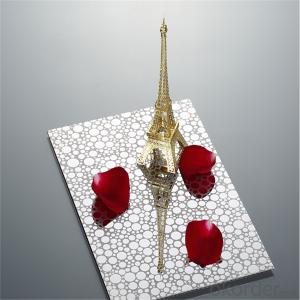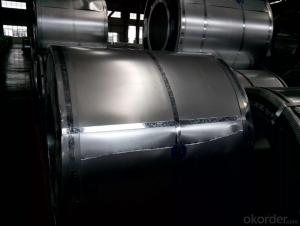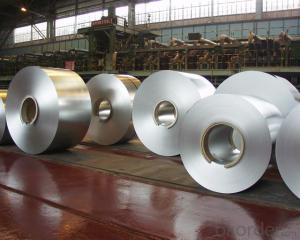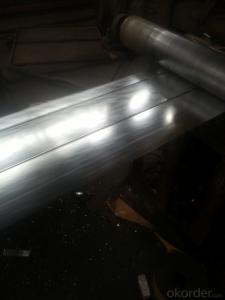304 Stainless Steel Sheet/Stainless Steel Plate
- Loading Port:
- Tianjin
- Payment Terms:
- TT OR LC
- Min Order Qty:
- 5 m.t.
- Supply Capability:
- 500 m.t./month
OKorder Service Pledge
OKorder Financial Service
You Might Also Like
Specification
Product Brief Introduction
304/410/409/430/202/201 STAINLESS STEEL PLATE
---Stainless steel plate applies to construction field, ships building industry, petroleum,
chemical industries, war and electricity industries, food processing and medical industry,
boiler heat exchanger,machinery and hardware fields.
Product Features
. Traditional aesthetics outlook
. Suitable for new house or renovation.
. Less joints, watertight
. Long life service
. Tedun also provide relative ridge cap, fasteners and other accessories
Product Specification
Standard:ASTM, GB,JIS,JIS G3302 ASTM 755 EN10169
Grade: 304/410/409/430/202/201
Thickness: 0.15mm~3.0mm,
Width: 1250,600-1250mm
Chemical composition:
C | Si | Mn | Cr | Ni | P | S |
0.150 | 0.476 | 11.231 | 12.50 | 0.900 | 0.039 | 0.010
|
FAQ
1. How long will we receive the goods ?
45days after receiving workable L/C
1. how do you control the quality ?
we have our own quality control department ,we will arrange QC person to see the production line ,when goods finish ,before shipment ,our QC person will check the quality as per our test report request ,if the goods is ok ,then we issue the test report ,and we allow the goods shipping ,otherwise will not allow ship the goods.
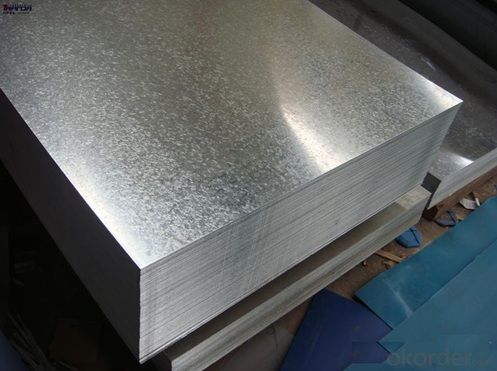
- Q: Can steel strips be used in the production of industrial machinery?
- Yes, steel strips can be used in the production of industrial machinery. Steel strips are commonly used in the manufacturing of various components and parts of industrial machinery due to their strength, durability, and versatility. They can be shaped, formed, and welded to create different structures and components that are integral to the functioning of industrial machinery.
- Q: What are the raw materials for making strip steel?
- Hot rolled wide band steel for bicycles, made of carbon steel and low alloy steel
- Q: How are steel strips used in the production of metal cabinetry?
- Steel strips are commonly used in the production of metal cabinetry due to their various advantageous properties. These strips are typically made from high-quality steel that is strong, durable, and resistant to corrosion. In the production process, steel strips are primarily used for forming the framework and panels of metal cabinetry. They are cut into specific lengths and widths to create the desired dimensions of the cabinets. These strips can be easily manipulated and bent to form the various components of the cabinetry, such as the sides, back, top, and bottom. Additionally, steel strips are often used to create the doors and drawers of metal cabinets. By cutting and shaping the strips accordingly, manufacturers can create sturdy and rigid doors that can withstand everyday use. The steel's strength also allows for the installation of hinges, handles, and other hardware elements onto the doors, ensuring smooth operation and durability. Moreover, steel strips are frequently utilized as reinforcements within the cabinetry structure. They are strategically placed in critical areas to enhance the overall strength and stability of the cabinets. These reinforcements help prevent any warping or sagging over time and ensure that the cabinetry maintains its shape and integrity. Furthermore, steel strips are sometimes coated or painted to enhance their appearance and provide additional protection against scratches and wear. This coating can be chosen to match the desired finish of the metal cabinetry, resulting in a visually appealing and long-lasting product. Overall, steel strips play a crucial role in the production of metal cabinetry. Their strength, durability, and versatility make them an ideal material for constructing the framework, panels, doors, and reinforcements of cabinets. By utilizing steel strips, manufacturers can create high-quality metal cabinetry that is built to last, withstand heavy usage, and provide ample storage space.
- Q: What are the different methods of surface preparation for steel strips?
- There are several methods of surface preparation for steel strips, including mechanical cleaning, chemical cleaning, and abrasive blasting. Mechanical cleaning involves using tools such as wire brushes or sandpaper to remove dirt, rust, and other contaminants from the surface. Chemical cleaning involves using solvents or acids to dissolve or loosen any contaminants on the surface. Abrasive blasting, also known as sandblasting, uses high-pressure air or water to propel abrasive materials onto the surface, effectively removing rust, paint, and other coatings. These methods ensure that the steel strips are properly cleaned and ready for further processing or application of protective coatings.
- Q: Can steel strips be used in the production of aerospace structures?
- Yes, steel strips can be used in the production of aerospace structures. Steel strips offer high strength, durability, and resistance to corrosion, making them suitable for various applications in aerospace engineering, such as structural supports, reinforcement, and fastening components. However, the specific use of steel strips in aerospace structures depends on the design requirements, weight limitations, and other factors, as different materials may be preferred for certain applications to meet specific performance criteria.
- Q: How are steel strips stored to prevent damage and corrosion?
- Steel strips are typically stored in a dry and well-ventilated area to prevent damage and corrosion. They are usually kept on racks or shelves, with adequate spacing between each strip to allow air circulation. Additionally, steel strips may be coated with a protective layer such as oil or wax, and sometimes wrapped in moisture-resistant material for further protection. Regular inspections and maintenance are also performed to ensure that any signs of damage or corrosion are promptly addressed.
- Q: How are steel strips processed for precision cutting?
- Steel strips are processed for precision cutting through a series of steps that involve cleaning, levelling, slitting, and edge trimming. These processes ensure that the steel strips are free from impurities, have consistent thickness, and have well-defined edges, resulting in accurate and precise cuts.
- Q: How are defects in steel strips detected and repaired?
- Defects in steel strips are detected and repaired through a combination of visual inspection and advanced testing methods. Visual inspection is usually the first step, where trained technicians carefully examine the surface of the steel strips for any visible defects such as cracks, dents, or scratches. They may also use magnifying tools or cameras to get a closer look and identify any irregularities. In addition to visual inspection, various non-destructive testing techniques are employed to detect defects that are not easily visible to the naked eye. One commonly used method is ultrasonic testing, where high-frequency sound waves are passed through the steel strip. Any abnormalities, such as internal cracks or voids, will cause the sound waves to reflect back, indicating the presence of a defect. Another technique is magnetic particle inspection, which involves applying a magnetic field to the steel strip and then applying iron particles on the surface. If there is a defect, the magnetic field will cause the particles to gather around it, making the defect visible under appropriate lighting conditions. Once defects are identified, the repair process begins. For minor surface defects, such as scratches or dents, they can be typically repaired through grinding or polishing. This involves removing the damaged layer of steel and restoring a smooth surface. For more severe defects, such as cracks or voids, the repair process may involve welding or cutting out the affected section and replacing it with a new piece of steel. Welding is a common technique used to repair cracks, where a filler material is melted and fused with the surrounding steel to bridge the gap. It is important to note that the repair process depends on the type and severity of the defect, as well as the specific industry requirements. Steel manufacturers and fabricators have established specific guidelines and standards to ensure the quality and integrity of the repaired steel strips. Regular inspections and quality control measures are implemented to ensure that the repaired steel strips meet the required standards and are suitable for their intended applications.
- Q: What are the different methods of joining steel strips together?
- There are several methods of joining steel strips together, each with its own advantages and applications. Some of the common methods include welding, bolting, riveting, and adhesive bonding. Welding is the most widely used method for joining steel strips. It involves melting and fusing the edges of the strips together using heat and pressure. Welding provides a strong and permanent bond, making it ideal for structural applications. Different welding techniques such as arc welding, gas welding, and laser welding can be used depending on the thickness and type of steel. Bolting is another method where steel strips are joined together using bolts, nuts, and washers. This method offers the advantage of easy disassembly and reassembly, making it suitable for applications that require frequent maintenance or adjustments. Bolting is commonly used in the construction industry for connecting steel beams and plates. Riveting involves driving a rivet through the overlapping steel strips and then deforming the end to create a permanent joint. This method is mainly used for connecting thin-gauge steel strips and provides a reliable and visually appealing joint. Riveting is commonly employed in the automotive and aerospace industries. Adhesive bonding is a method where a specialized adhesive is applied between the steel strips to create a strong bond. This method is particularly useful when joining dissimilar metals or when welding is not feasible due to material constraints. Adhesive bonding also offers the advantage of distributing stress evenly across the joint, reducing the risk of fatigue failure. Each method of joining steel strips has its own strengths and limitations, and the choice depends on factors such as the specific application, material properties, required strength, and environmental conditions. It is important to carefully evaluate these factors before selecting the most suitable joining method for a particular project.
- Q: Are steel strips suitable for agricultural applications?
- Yes, steel strips are suitable for agricultural applications. They are durable, strong, and resistant to corrosion, making them ideal for various agricultural uses such as fencing, machinery parts, and structural support.
Send your message to us
304 Stainless Steel Sheet/Stainless Steel Plate
- Loading Port:
- Tianjin
- Payment Terms:
- TT OR LC
- Min Order Qty:
- 5 m.t.
- Supply Capability:
- 500 m.t./month
OKorder Service Pledge
OKorder Financial Service
Similar products
Hot products
Hot Searches
Related keywords

